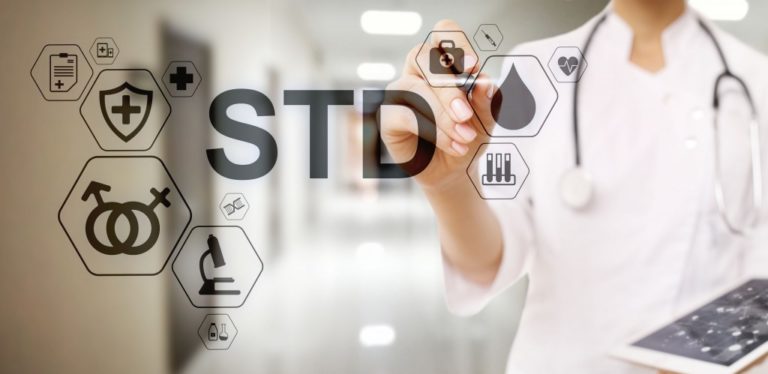Every year, an estimated 20 million people living in the United States become infected with a Sexually Transmitted Disease (STD). If you’re sexually active, you may get it yourself, but you should know that STDs are preventable. There are several surefire ways to prevent infection beyond abstinence, even though it’s the surest way to avoid it. The following are more easy and effective ways to protect yourself and others from contracting STDs:
Get yourself tested
STDs may cause noticeable issues. If you feel pain, swelling, itching, and burning near or on your genitals, and if you notice bumps, sores, rashes, then you should definitely get yourself checked. Furthermore, you should take note if you feel pain when you urinate or if there is an unusual discharge from your genitals. There’s no excuse not to get tested since testing methods have become easier than ever these days. You can even get a dependable herpes diagnosis online. If you act fast and begin treating your symptoms immediately, you can significantly reduce the length of time and the severity of your disease.
Get vaccinated
Most common STDs may be prevented by a vaccine. Hepatitis B and HPV can be safely and effectively prevented with a vaccine. It can also address other HPV-related health issues such as certain cancers and genital warts. Boys and girls as young as 11 to 12 can already get a routine vaccination. You should also get a catch-up vaccination if you’re a young woman aged 13 to 16, a young man aged 13 to 21, a man with a compromised immune system aged 26 and below, or a gay or bisexual man aged 26 and below.
Communicate with your partner

It’s extremely important that you communicate well with your partner about safe sex. You should also be open and encouraging about getting tested for STDs before you engage in any sexual contact. If you haven’t engaged in any sexual activity with your partner yet and if both of you have yet to be tested, then you can always opt for sexual activities that are not as risky. There are plenty of ways to be sexual without spreading STDs until you’re sure you both aren’t infected.
Use condoms
Condoms significantly lessen the risk of infection for STDs. Make sure you or your partner are using a condom correctly when you engage in sexual activities. You can still contract certain STDs such as HPV or herpes when you come in contact with a partner’s infected skin even if you’re using a condom. Condoms can’t be the only method of prevention you’re taking, but rather a supplementary type of prevention.
Lessen the number of sexual partners
Before you interact sexually with any partner, make sure that both of you are tested and openly share your results with each other, all the more if you have more than one sexual partner. It helps if you opt to be in one long-term, mutually monogamous relationship with an uninfected partner instead. This greatly lessens the risk of contact with an infected person.
If you do end up contracting an STD, don’t worry! It’s not the end of the world. Simply get yourself tested to get an accurate diagnosis and follow the necessary treatment given to you. But don’t wait until you catch something to start keeping you and your partner safe by following these helpful tips.



